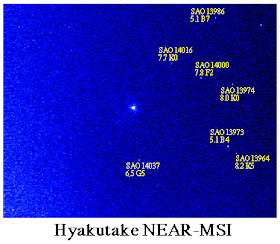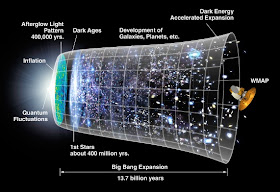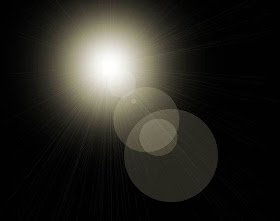A light year is a way of measuring distance. That doesn't make much sense because "light year" contains the word "year," which is normally a unit oftime. Even so, light years measure distance.
You are used to measuring distances in either inches/feet/miles or centimeters/meters/kilometers, depending on where you live. You know how long a foot or a meter is -- you are comfortable with these units because you use them every day. Same thing with miles and kilometers -- these are nice, human increments of distance.
When astronomers use their telescopes to look atstars, things are different. The distances are gigantic. For example, the closest star to Earth (besides our sun) is something like 24,000,000,000,000 miles (38,000,000,000,000 kilometers) away. That's the closeststar. There are stars that are billions of times farther away than that. When you start talking about those kinds of distances, a mile or kilometer just isn't a practical unit to use because the numbers get too big. No one wants to write or talk about numbers that have 20 digits in them!
So to measure really long distances, people use a unit called a light year. Light travels at 186,000 miles per second (300,000 kilometers per second). Therefore, a light second is 186,000 miles (300,000 kilometers). A light year is the distance that light can travel in a year, or:
186,000 miles/second * 60 seconds/minute * 60 minutes/hour * 24 hours/day * 365 days/year = 5,865,696,000,000 miles/year
A light year is 5,865,696,000,000 miles (9,460,800,000,000 kilometers). That's a long way!
Using a light year as a distance measurement has another advantage -- it helps you determine age. Let's say that a star is 1 million light years away. The light from that star has traveled at the speed of light to reach us. Therefore, it has taken the star's light 1 million years to get here, and the light we are seeing was created 1 million years ago. So the star we are seeing is really how the star looked a million years ago, not how it looks today. In the same way, our sun is 8 or so light minutes away. If the sun were to suddenly explode right now, we wouldn't know about it for eight minutes because that is how long it would take for the light of the explosion to get here.
COOL FACT
A light nanosecond -- the distance light can travel in a billionth of a second -- is about 1 foot (about 30 cm). Radar uses this fact to measure how far away something like an airplane is. A radar antenna sends out a short radio pulse and then waits for it to echo off an airplane or other target. While it's waiting, it counts the number of nanoseconds that pass. Radio waves travel at the speed of light, so the number of nanoseconds divided by 2 tells the radar unit how far away the object is!



















